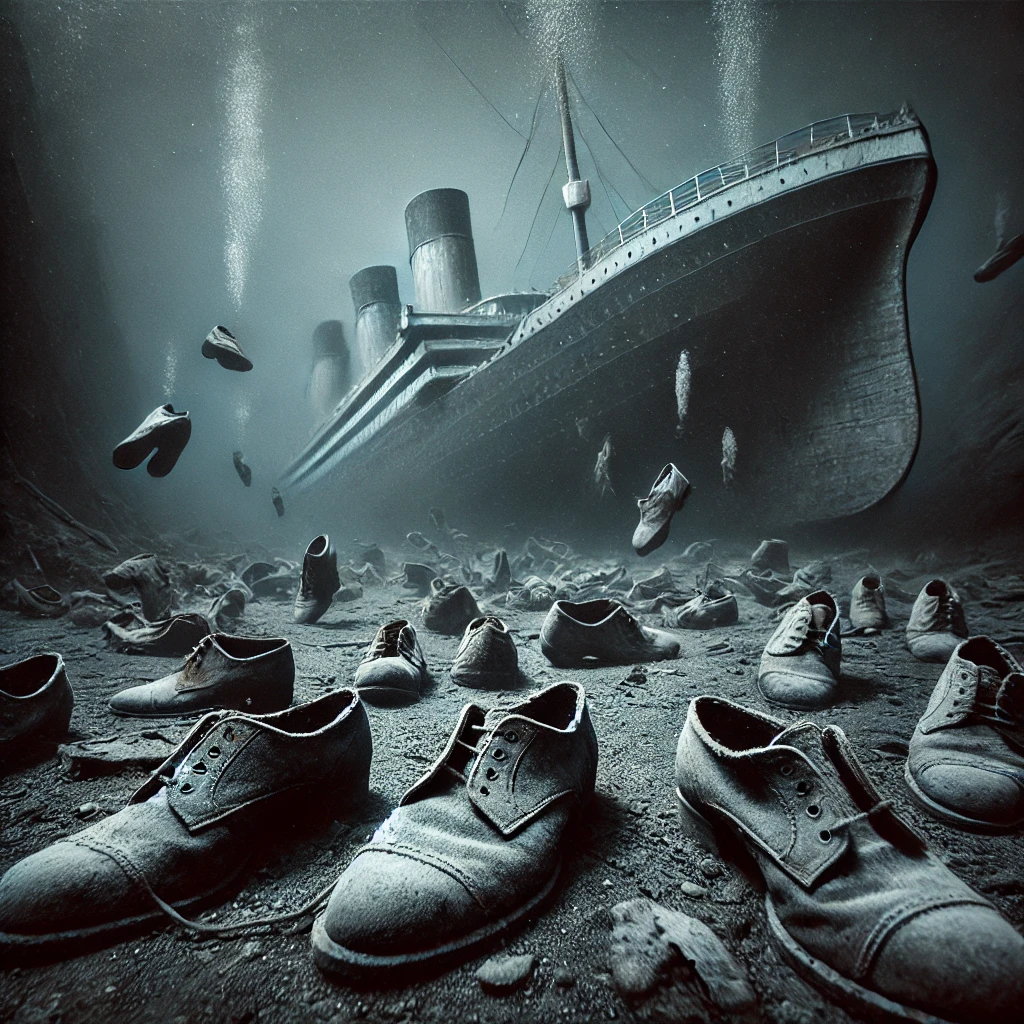More than a century after the Titanic’s tragic sinking, the underwater site continues to captivate and unsettle those who study it. One of the most eerie observations made by explorers of the wreck is the presence of shoes, often found in pairs, scattered among the debris on the ocean floor. This detail offers a poignant glimpse into the disaster’s human toll and the conditions within the deep sea that have shaped the site’s preservation.
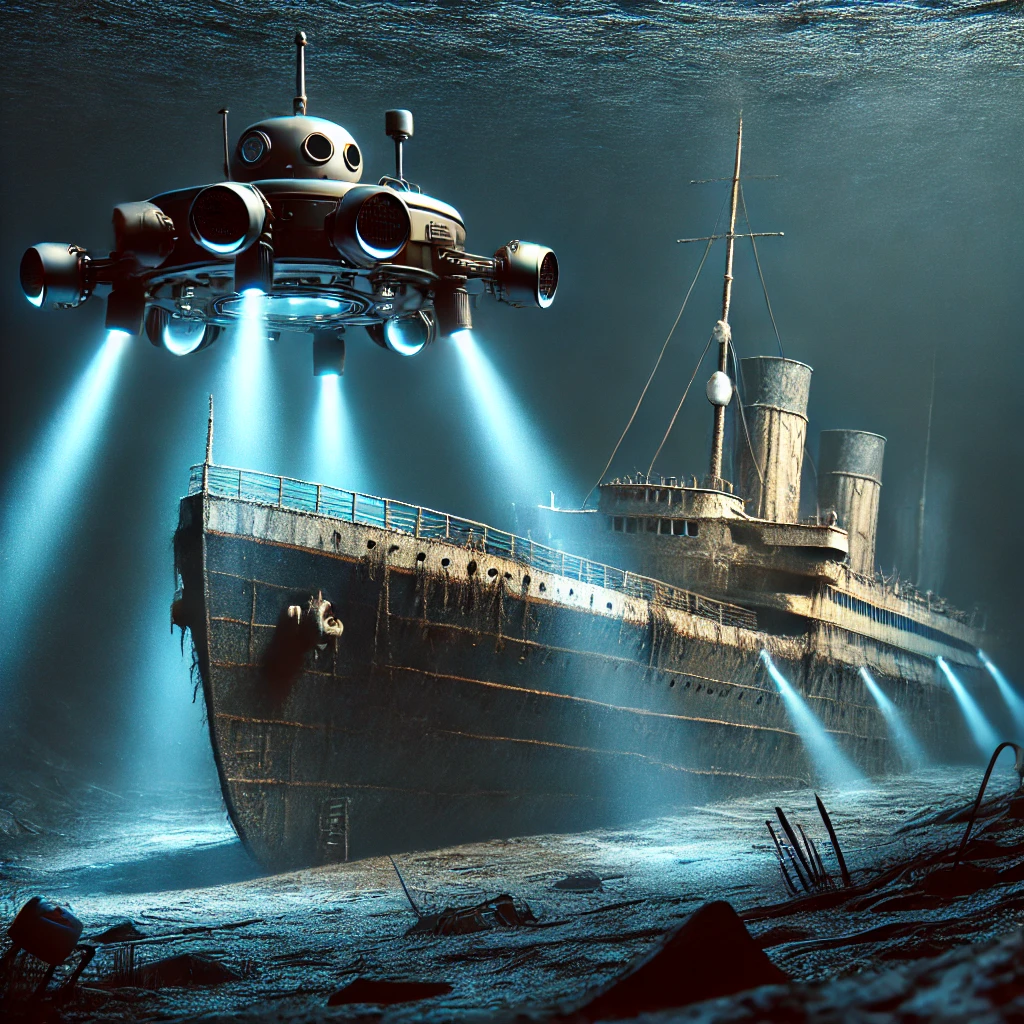
The Persistence of Leather Shoes
The Titanic rests at the bottom of the Atlantic Ocean, approximately 12,500 feet below the surface. At this depth, the extreme cold and high pressure create an environment where typical decomposition processes are altered significantly. Among the items found at the site, leather shoes are prevalent and almost always discovered in pairs. This prevalence is attributed to the leather’s high tannic acid content, which has helped preserve them even as other organic materials have vanished.
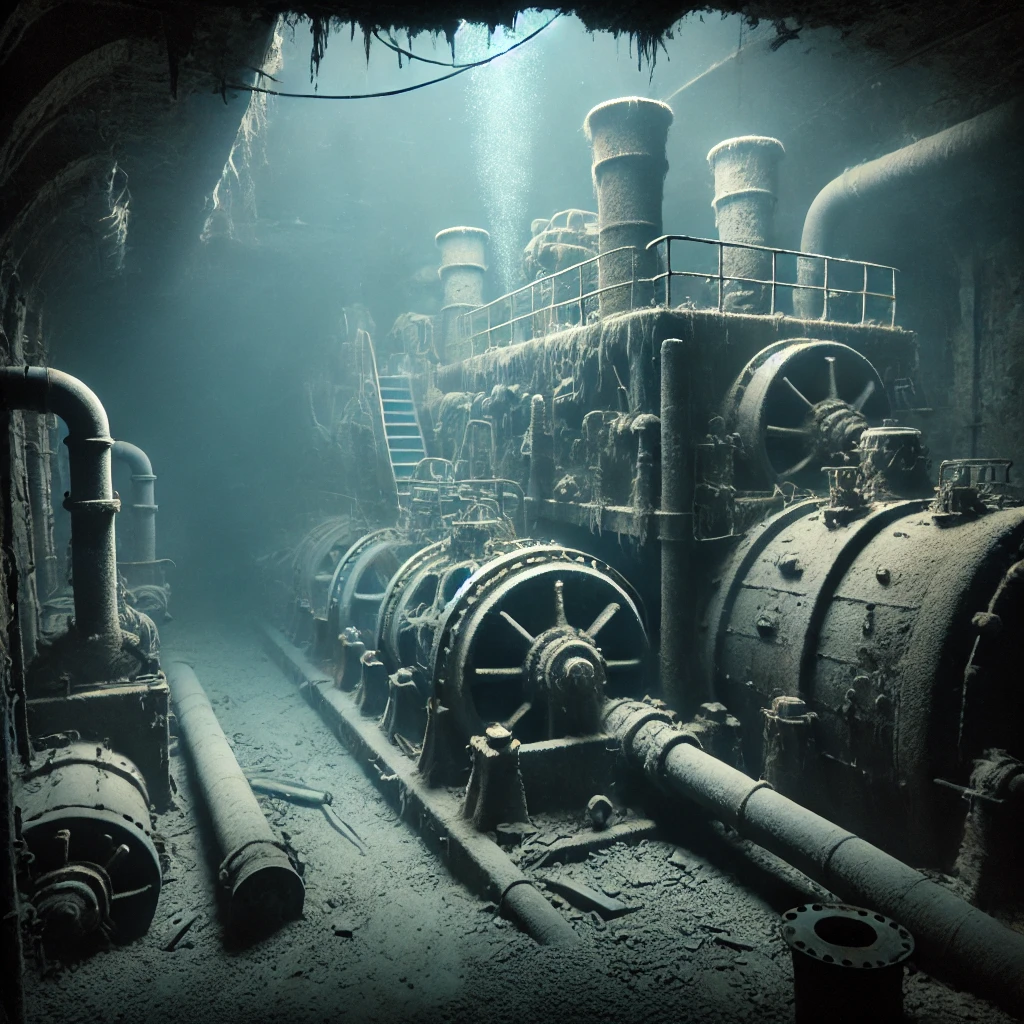
The Absence of Human Remains
Despite the recovery of numerous artifacts and the ship itself, no human remains have been visually identified at the Titanic wreck. This absence can be primarily attributed to the environmental conditions and biological activity deep within the ocean.
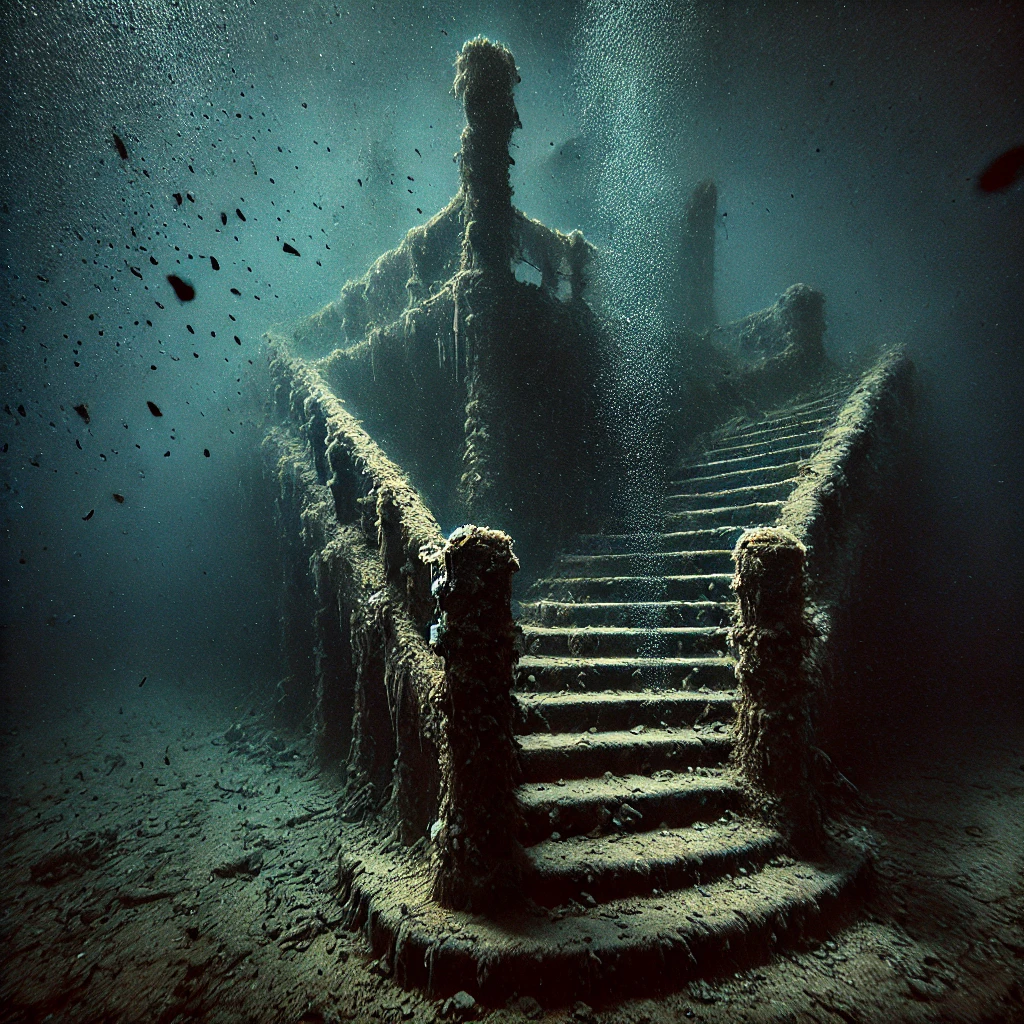
A study that placed a pig carcass on the seabed found that it was reduced to bones within just four days, with the bones themselves disappearing within months. Considering the Titanic sank over a century ago, it’s unsurprising that no traditional remains have survived.
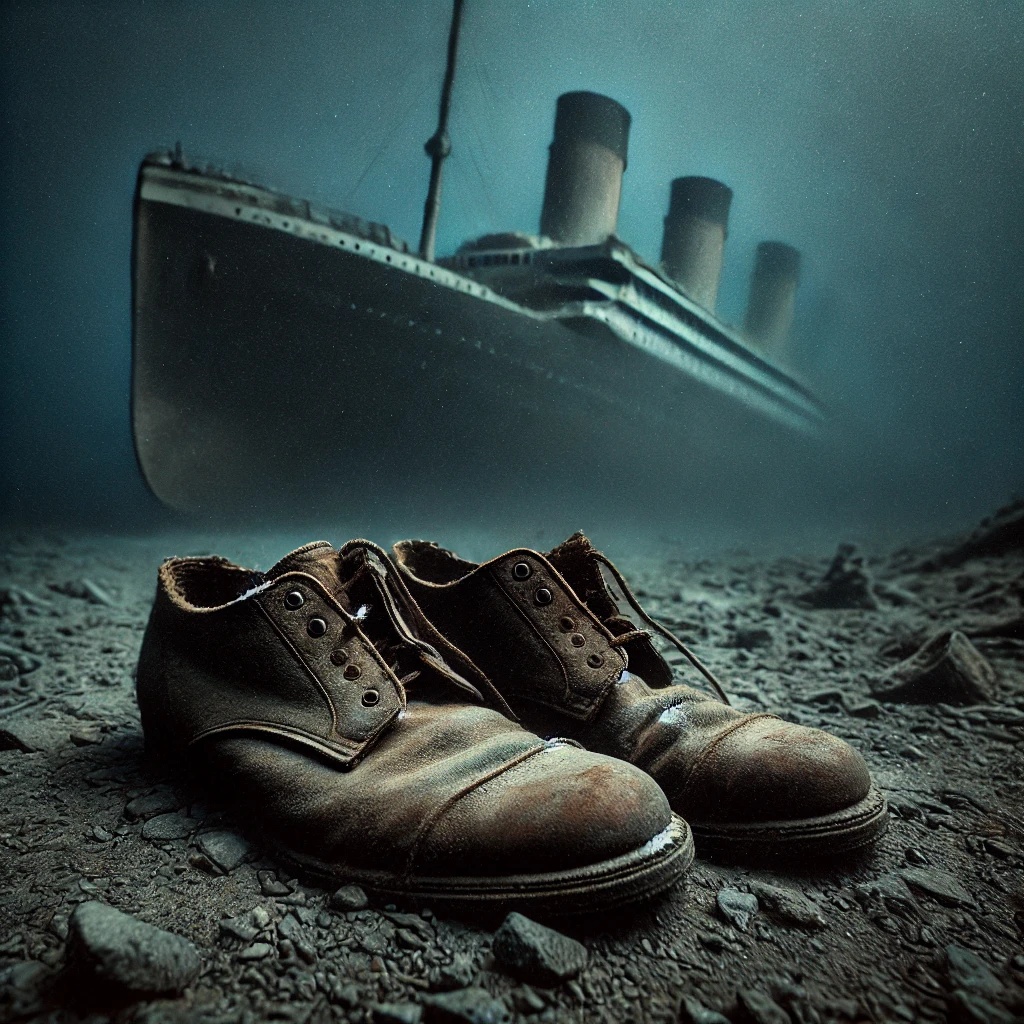
Implications of the Found Shoes
The pairs of shoes serve as a somber indicator of where individuals likely came to rest. Maritime archaeologists and historians suggest that the positioning and condition of these shoes could indicate the final resting places of the Titanic’s victims. The shoes, resistant to the scavenging marine life and the ravages of time due to the tannins in the leather, now mark the spots where people once lay.

Scientific and Ethical Considerations
The discovery of paired shoes has provided valuable insights into the conditions at the wreck and the fates of those who perished. Titanic director James Cameron and others who have explored the wreck note that while clothing and footwear remain, there are no visible human remains.
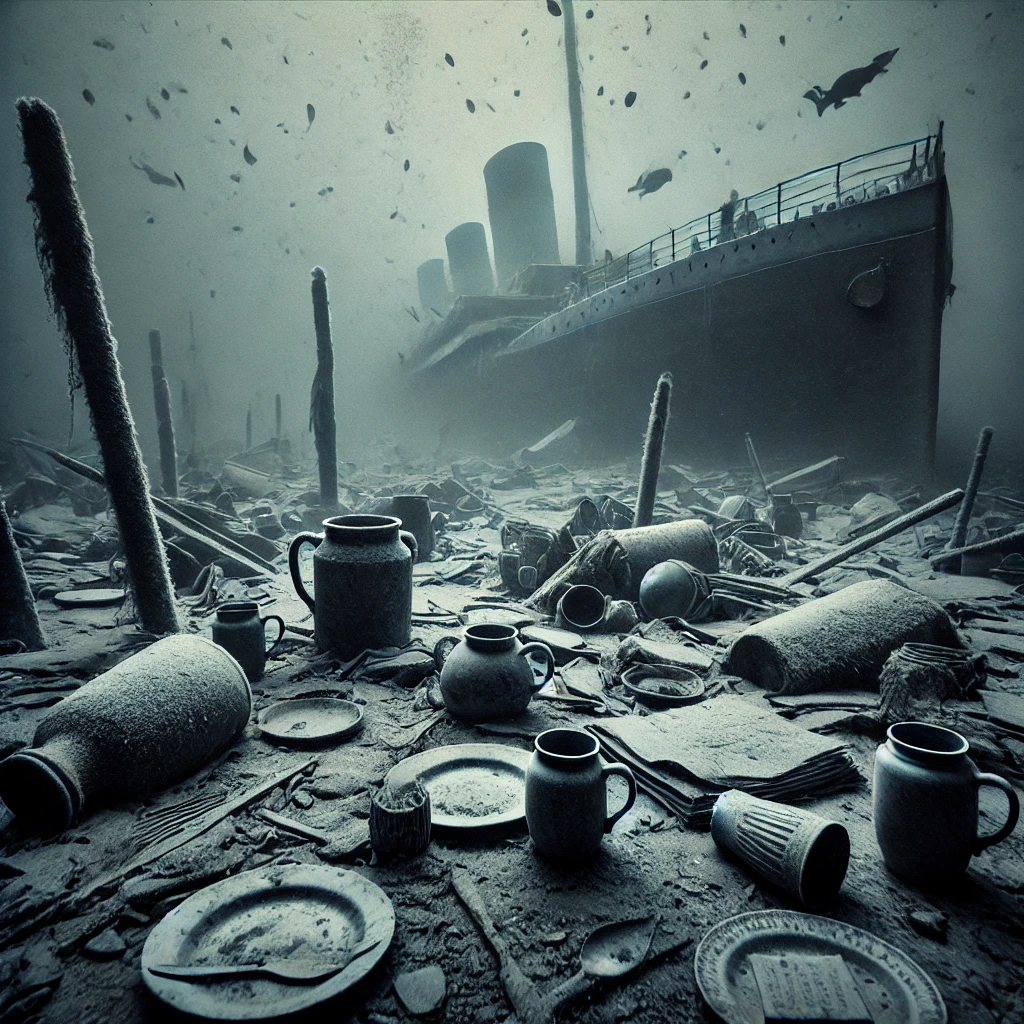
This situation underscores the unique preservation and decay processes occurring in the deep ocean, influenced by water chemistry that dissolves calcium carbonate, a primary component of bones.

The site of the Titanic is now regarded as a maritime grave, a solemn memorial to the lives lost. The presence of shoes in pairs is a powerful reminder of the individual human tragedies involved in this historic disaster.
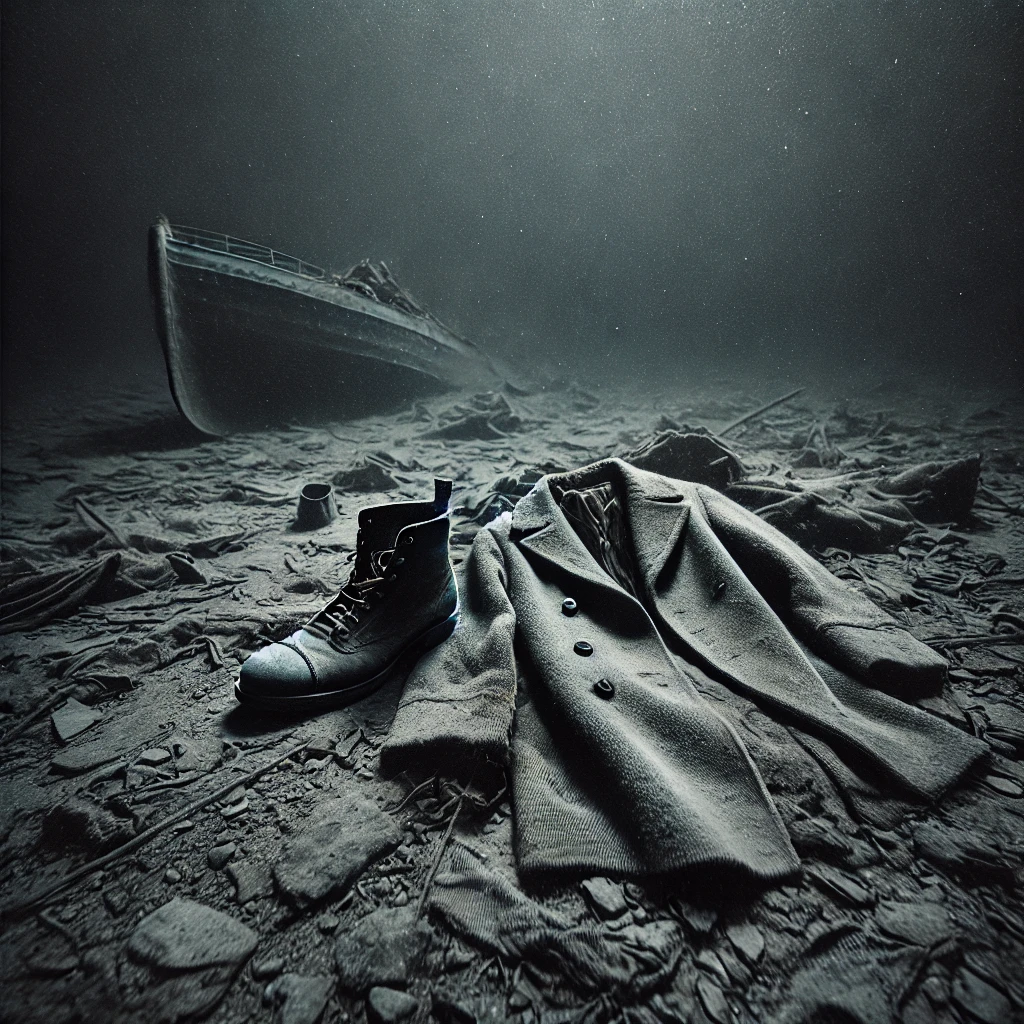
Each pair tells a silent story of life abruptly ended, preserved in the deep ocean’s cold embrace. The respect and sensitivity with which we approach this site reflect our ongoing commitment to honoring those who perished in one of history’s most famous maritime disasters.

